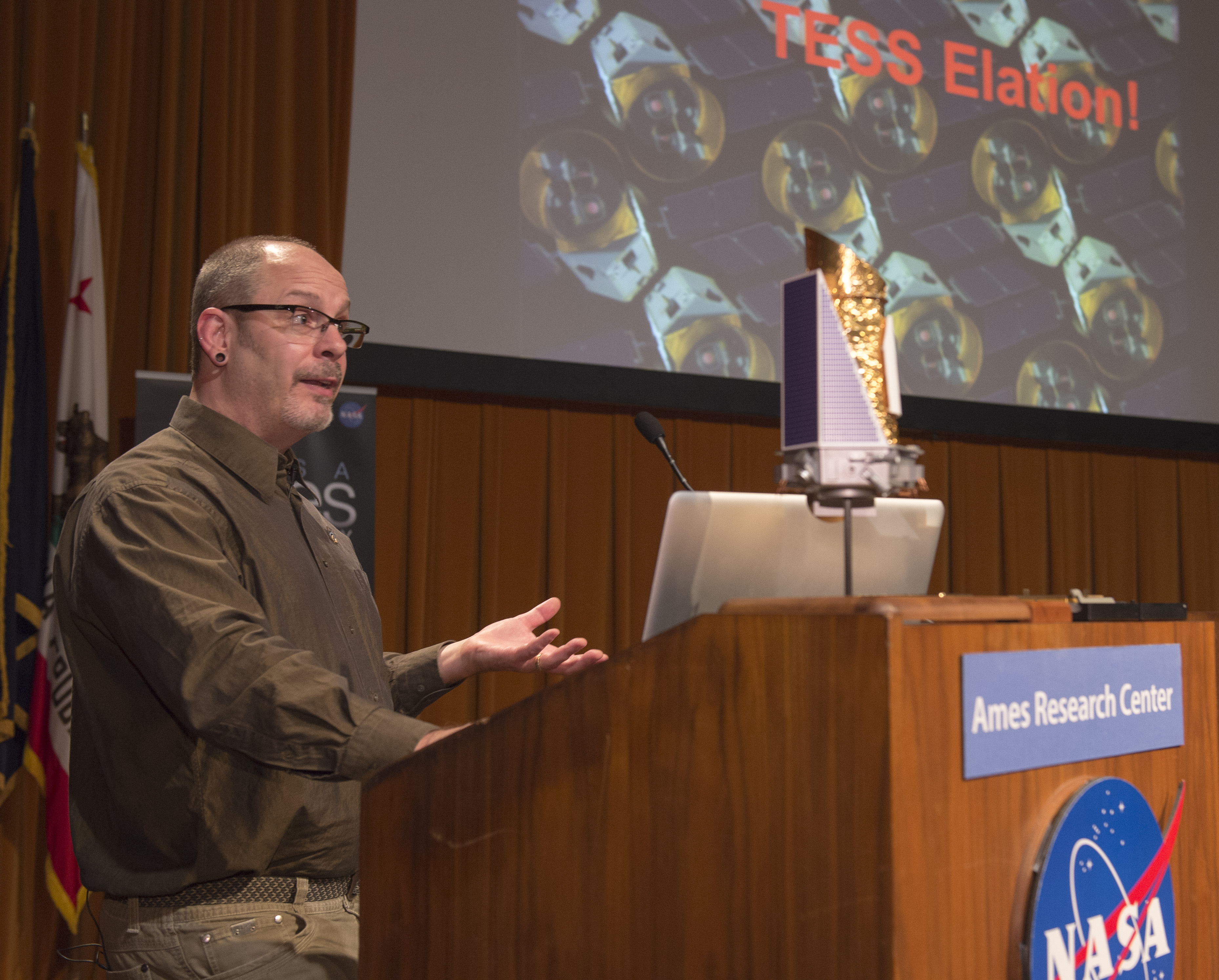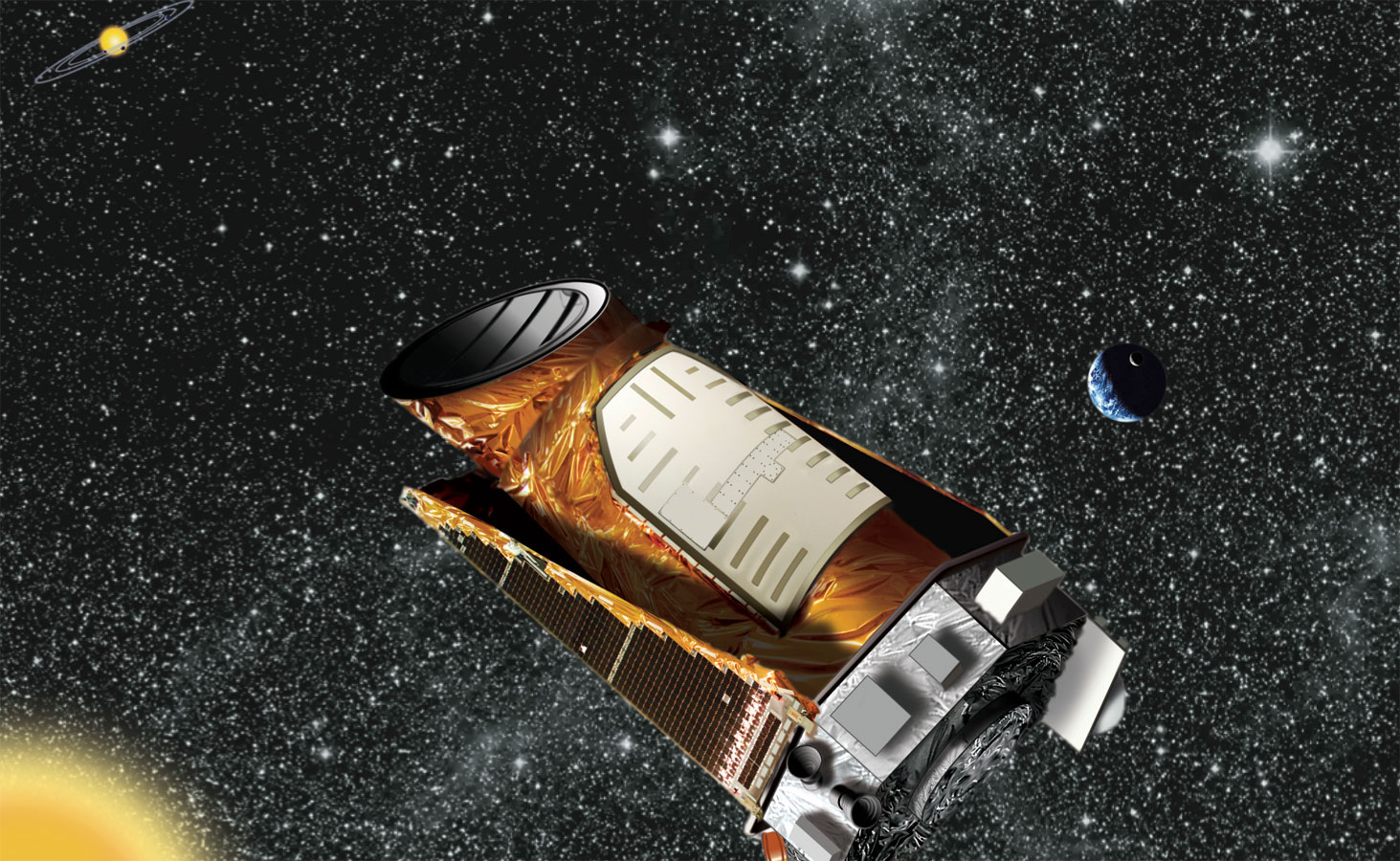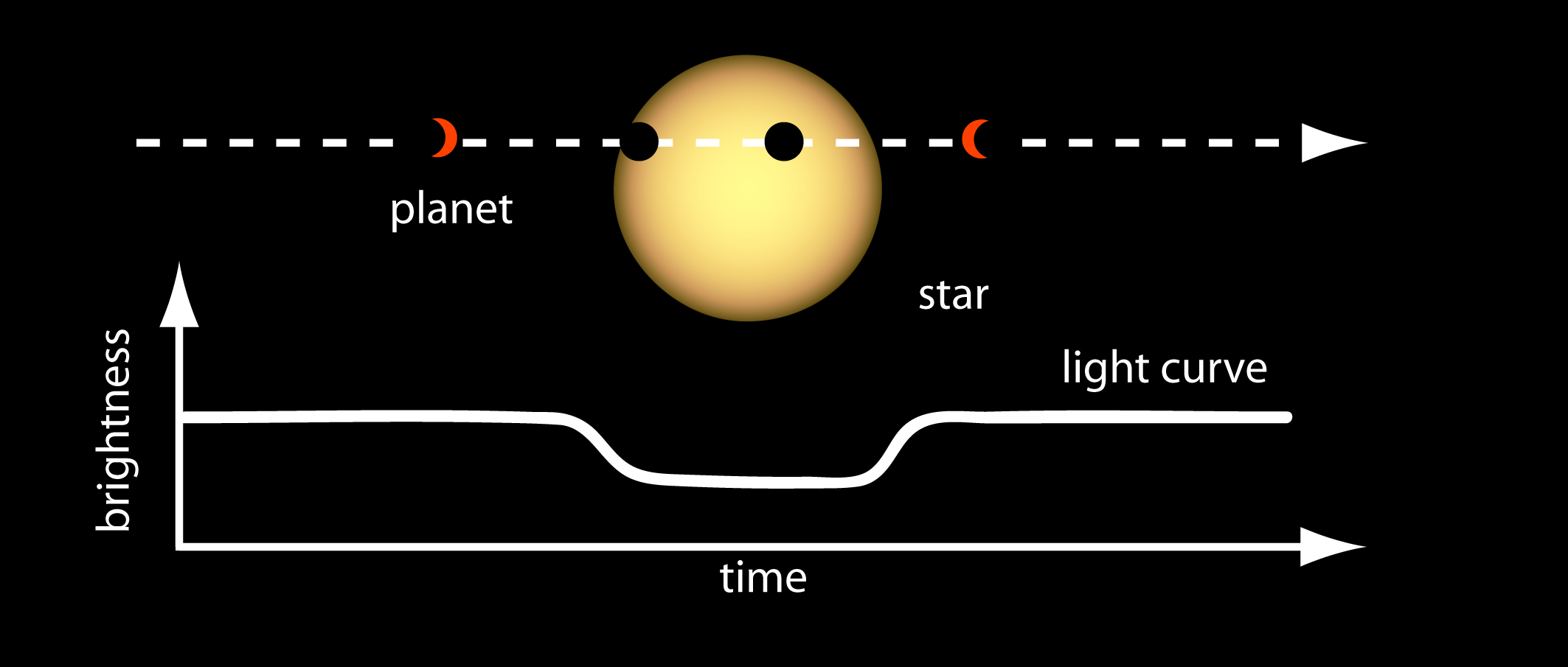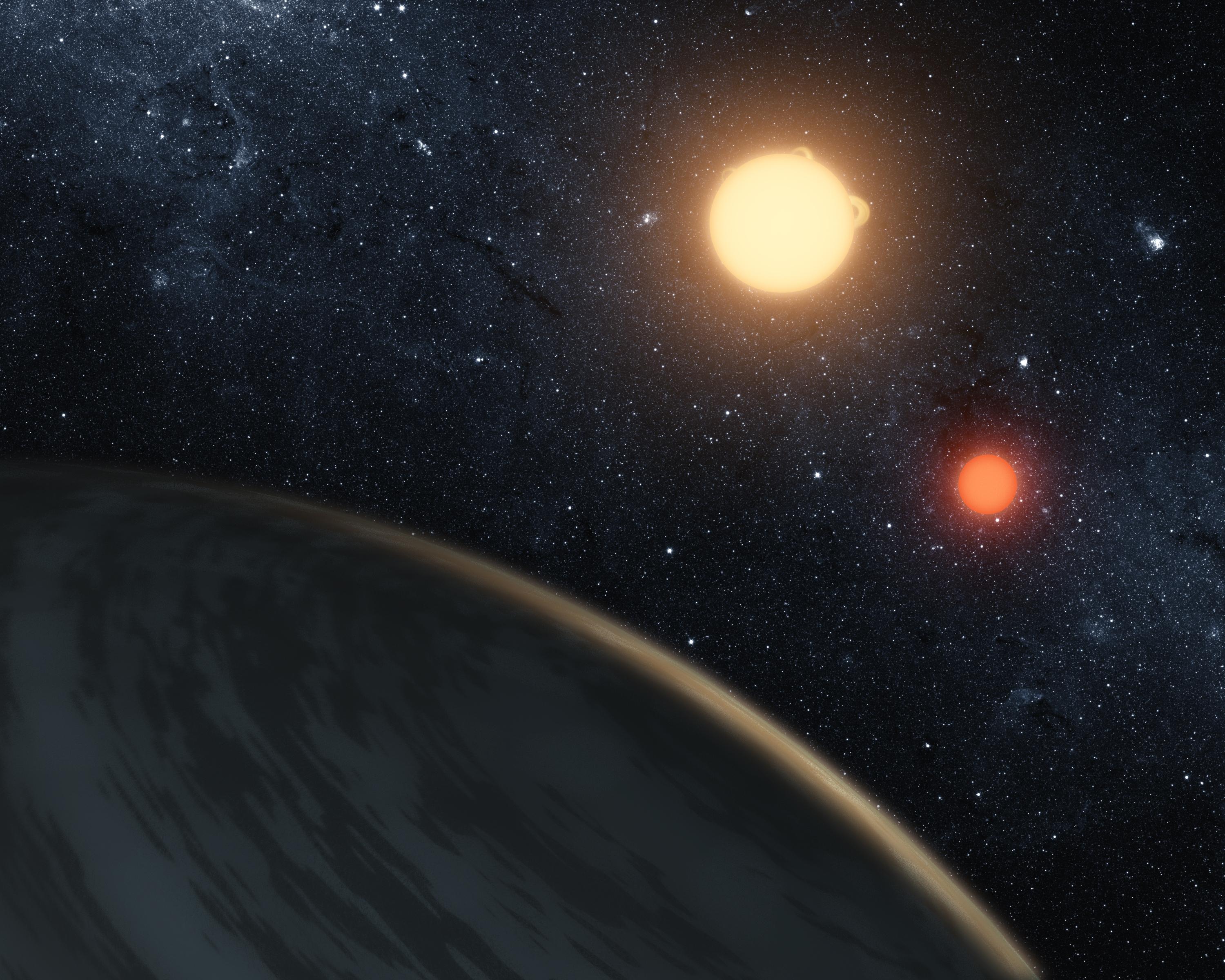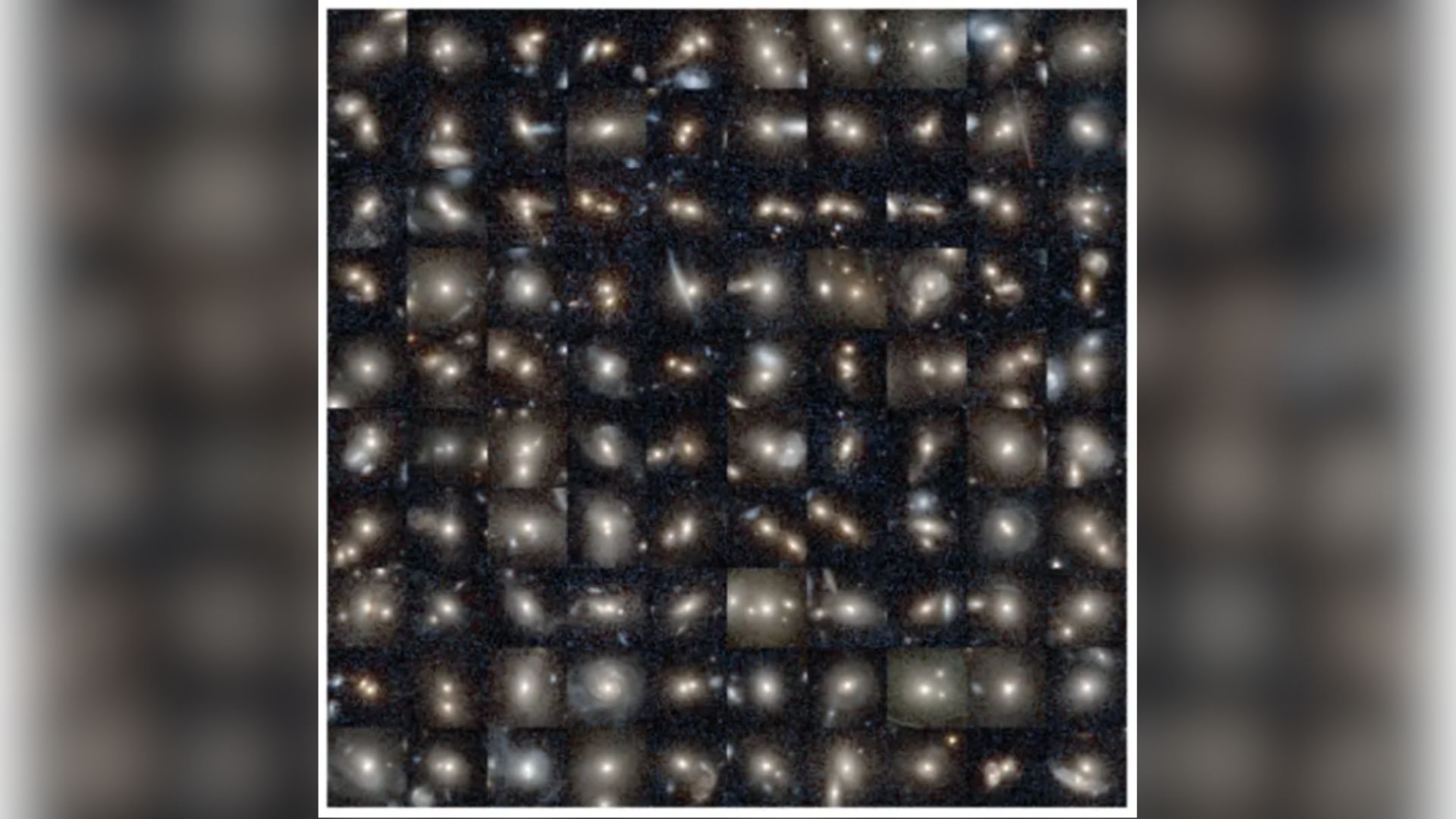Gravity Assist Podcast: Exoplanet Hunting with Jon Jenkins
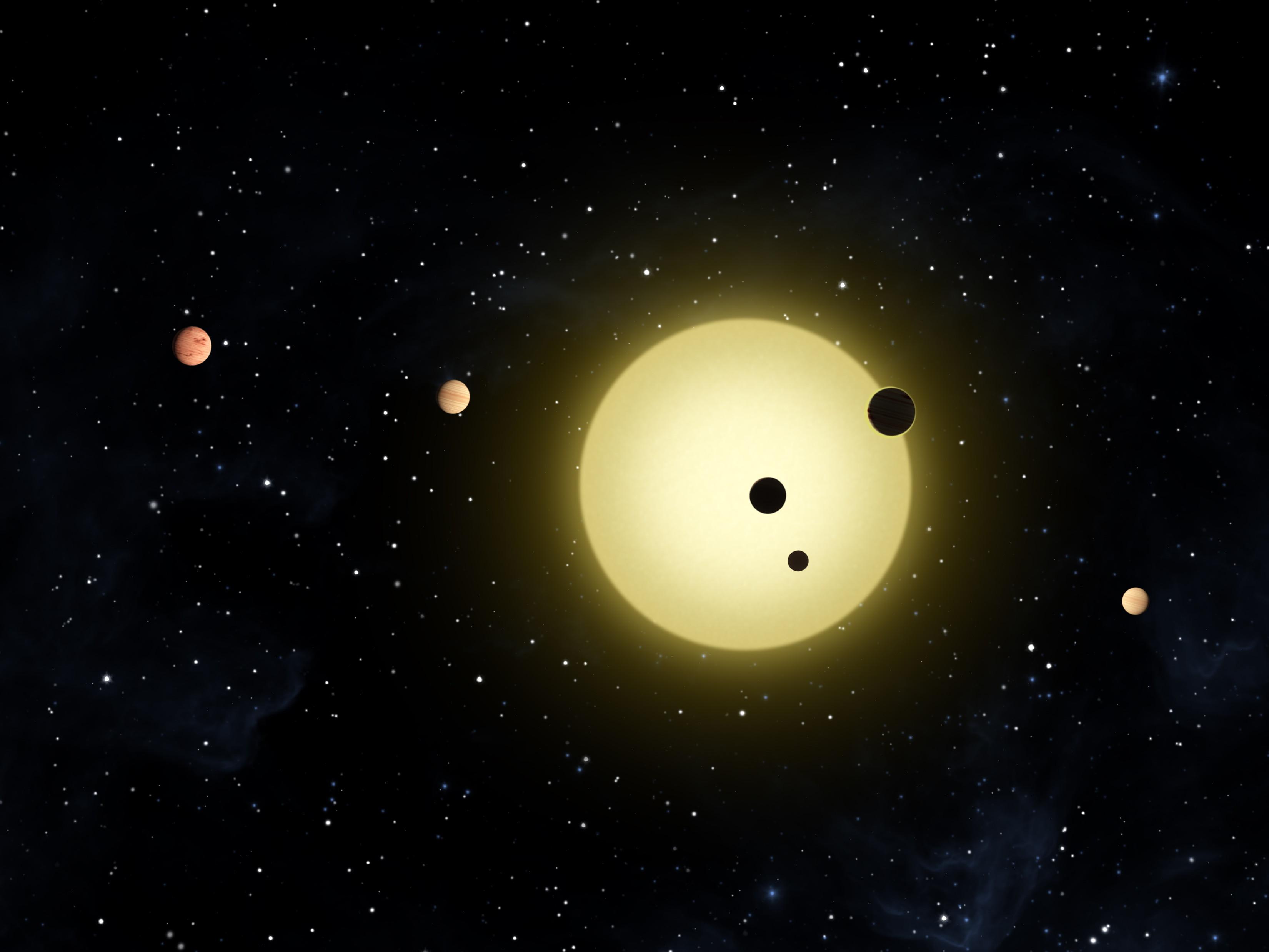
The Gravity Assist Podcast is hosted by NASA's Chief Scientist, Jim Green, who talks to some of the greatest planetary scientists on the planet, giving a guided tour through the Solar System and beyond in the process.
This week he's joined by Jon Jenkins, who is a co-investigator for data processing on the Kepler and TESS missions at NASA's Ames Research Center, to discuss exoplanet hunting and the amazing discoveries that Kepler has made, and TESS will soon make.ek:
You can listen to the full podcast here, or read the abridged transcript below. [The Most Intriguing Alien Planet Discoveries of 2017]
Jim Green: So, Jon, what do you really do as a co-investigator for data processing?
Jon Jenkins: What I do primarily is to design, develop, implement and then operate the science pipelines for both the Kepler mission and now for the TESS mission. By science pipeline, I mean the facility and the software that allows us to take the raw measurements coming down from the spacecraft and process it to turn it into planet candidates.
Jim Green: What's the basic principle behind how Kepler works?
Breaking space news, the latest updates on rocket launches, skywatching events and more!
Jon Jenkins: Kepler works by observing a field of stars and measuring the brightness of those stars over time, looking for instances when a planet crosses in front of the face of the star from our point of view. When that happens, the star winks at us, and that repeats. We see a dimming of the starlight once every orbital period of the planet. And the depth, or the amount by which the star's light drops, tells us what the size of the planet is relative to its star. The interval between what we call transits, or crossings of the star by the planet, tell us what the year, or orbital period, is for that planet.
Jim Green: Kepler has been a really successful mission because it looked at so many stars all at once during the original part of its mission. How many stars did it look at simultaneously, and how fast did it look at each star?
Jon Jenkins: We could observe as many as 170,000 stars at any given time, but typically the largest number of stars that we observed simultaneously was 165,000 stars. We measured the brightness of each of those stars every half-an-hour. But, we had a small sample, 512 stars, for which we could make measurements every minute. That was actually very important because we needed to know about the stars in order to know about the planets. I said before that we could tell what the size of the planet is by looking at what the fractional drop in brightness is when a planet crosses a star. But that's a relative measurement, so we need to know how big the star is in order to infer with precision what the size of the planet is. So, for the brightest stars that were at least 12th magnitude or brighter, we monitored those stars every minute and measured acoustic oscillations and pulsations of the stars caused by star quakes. [Iconic Planet-Hunting Kepler Telescope Wakes Up, Phones Home]
One of the unsung stories of Kepler is the fact that we were able to conduct these asteroseismological investigations of these stars. That's the study of the songs that the stars sing as they ring like bells. And, like bells, the larger and more massive a star is, the lower the tone. Stars like the Sun ring with a typical periodicity of about five minutes, so that's why we needed the one-minute samples.
By studying the tones the stars are ringing at, we can measure the size and the mass of a star to a couple of percent. That's phenomenal because we can't resolve the size of the star by looking at the images, but from hundreds or thousands of light years away we can actually measure the mass and the size to a couple percent.
Jim Green: When Kepler looks out and sees this large population of stars, is it looking at almost every type of star, from what we classify as A all the way to M and others?
Jon Jenkins: That is true. For Kepler we had target stars that we observed, and over the lifetime of the mission we observed over 200,000 stars, ranging from big, hot A-type stars all the way down to small, cool M-type stars.
Jim Green: What are some of the fantastic things that get you excited about looking for planets?
Jon Jenkins: Well, I think one of the most exciting things that came out of Kepler in terms of exoplanets that we didn't expect was the fact that we observed well over 400 systems with multiple transiting planets. These are cases where we don't just see one planet crossing the face of its star periodically, but many planets. You might see two, three, or as many as eight planets transiting a star. Now, Kepler only observed for four years, and so that means that all of these systems are very compact. The orbital periods are much smaller in general than the orbital periods of the planets in our Solar System because we weren't observing long enough to see the Jupiter-like planets in 11-year orbital periods. Kepler-11 was the first really good example of this kind of system, where there are six planets orbiting and the inner five would fit within the orbit of Mercury, while the outer planet would be between the orbit of Venus and Earth, if they were placed in our Solar System. So, these are small, compact planetary systems compared to our own. That means that nature really likes to make such planetary systems because we saw so many of them. [How Do You Spot an Alien Planet from Earth? (Infographic)]
Jim Green: Kepler observed a particular area of sky for about four years. Then, in its extended mission, it changed that approach. What happened?
Jon Jenkins: Well, the best, worst thing happened to Kepler, and that is that we lost the second of our four reaction wheels. These reaction wheels are kind of like gyroscopes to control the pointing of the spacecraft. They do so in a very efficient manner, but you need at least three operating reaction wheels to do that. But in May 2013 the second one failed, which meant the end of the Kepler mission as we know it, because we could no longer point our spacecraft at the original field of view. However, a clever engineer at Ball Aerospace, Doug Weimer, had the idea of operating with two reaction wheels by using the pressure of photons of sunlight bouncing off the spacecraft to balance the spacecraft, so that we could control the roll angle. With the two reaction wheels we had left, we could control where we pointed on the sky, but we couldn't control the roll angle, and we needed to control that. So, we developed and initiated the extended mission, which is called the K2 Mission, where we are able to observe a field of view in the ecliptic plane, which is the orbital plane of the planets around our own Sun. We can point at one of those fields for up to 85 days. K2 has been a phenomenally successful mission, allowing us to greatly broaden the science impact of the Kepler spacecraft.
Jim Green: What is another fantastic discovery Kepler has made, from your perspective?
Jon Jenkins: One of the most fascinating discoveries that Kepler has made is that planets don't form just around single stars, but they form around binary star systems, like Luke Skywalker's home planet of Tatooine in Star Wars. Indeed, part of what brought me to the mission was that I was part of a very small team of scientists who were trying to find planets in the CM Draconis system which is a pair of small M-class stars. We believed that if there were stars transiting the system, that an Earth-like planet in the habitable zone would have a 17-day orbital period. We observed it from the ground for six years and we were able to place really strong upper limits on the presence of any planets in that system, but we never discovered any. It took until Kepler to find the first circumbinary planetary system, which was Kepler-16. Since then we've found a handful of other such systems, but what's interesting is that within the first discoveries we found a planet in the habitable zone of a circumbinary star system.
Jim Green: What is the size distribution of the planets that Kepler is finding?
Jon Jenkins: We discover more smaller planets than we do larger planets. That's very interesting because it's actually harder to find the smaller planets. As exquisite as the data are from Kepler, it's still very difficult for us to find Earth-sized planets and Earth-sized orbits. We have only a few examples of planets like that. In fact, Kepler's main mission was to determine the frequency and distribution of Earth-sized planets and Earth-like orbits around Sun-like stars. We now have an answer to that question, but it's not very precise. Our current information is that about 10 percent of solar-like stars have a planet about the size of the Earth with a one-year orbital period. But the error bars on that are very large. So that's a big gap in our knowledge.
Jim Green: When we look at our own Solar System, we have a set of terrestrial planets and gas giants. Then in between them there are Uranus and Neptune, which are not as big as Jupiter or Saturn. You would think that the Solar System would contain all the types of planets that must be, but that's not the case is it?
Jon Jenkins: It turns out that super-earths — planets that are between the size of Earth and Neptune, which is four times the size of Earth by radius — are the most common planets we find. Yet, we have no examples of these beasts in our own zoo here in orbit around our Sun, so we don't really know what they could be like. The question is, are these planets more like large Earths, or are they more like mini-neptunes?
We do have some hints. As I said earlier, we only know the planets as well as we know the stars. It turns out that it is very hard trying to understand what's going on in all 200,000 stars seen by Kepler. It's really difficult to learn as much as you can about each and every one of those. But, people are doing follow-up observations to refine the stellar parameters. They are finding that there's a break point between planets of a certain size. Those that are 1.6 Earth radii, which is 60 percent bigger than the Earth, or smaller, appear most likely to be rocky, and planets that are larger than 1.6 Earth radii appear to be more like mini-Neptunes, so small gas or ice giants. [Visit Exotic Exoplanets with NASA Visualization Tool]
Jim Green: Recently astronomers discovered the TRAPPIST-1 system of seven planets, and what's really exciting is that star and its planets are only 39 light years away. That's just right around the block. That means that when we look around us in our area of the Milky Way Galaxy, there must be an enormous number of planets, and so we want to start looking for them, which brings us to TESS. Can you tell us a little bit about TESS?
Jon Jenkins: The TESS mission is a follow-up to Kepler. It's an all-sky survey for transiting planets. It observes a field of view that's much, much bigger than Kepler's field of view. It's 24 degrees by 96 degrees, and so we are observing a large swath of the sky at any given time. And we re-point the spacecraft to point at a new field of view every month. After one year we will have covered one hemisphere, so we flip the spacecraft upside down and then cover the other hemisphere. The idea is to observe stars that are much closer, typically 10 times closer and 100 times brighter, than the stars that Kepler observed. We want to eventually learn what the atmospheres of the planets orbiting these stars are made of, look for biosignatures, and study their climate and weather, so find exoplanets that are close by makes that kind of detailed follow-up work much easier.
Jim Green: I really like to ask each of my guests on this program, what was their Gravity Assist that really got them into the field and propelled them forward to become the scientists they are today. So, Jon, what was your Gravity Assist?
Jon Jenkins: Well, I had several Gravity Assists. I was fortunate to grow up in the shadow of the VAB building. Both of my parents were working at Kennedy Space Center. The VAB building is the Vehicle Assembly Building at Kennedy Space Center on Merritt Island, Florida. It's huge. In fact, when they first built it, before they got the air conditioning going, clouds would form, and it would rain inside the building, my dad tells me. He was an engineer at Kennedy Space Center. He worked on the Mercury, the Gemini and the Apollo programs and then on the shuttle program. I got to watch the launches. I remember being in my pj's, being brought out to watch the Moon landing. So I have had a lifelong fascination with space.
When I did my Ph.D. dissertation on the atmosphere of Venus, I used data from the Pioneer Venus Orbiter and the Magellan spacecraft. It was during that period of time that I met Bill Borucki, a co-investigator on Pioneer Venus who was studying lightning in Venus' atmosphere. He had this really wild idea that we could find Earth-sized planets around Sun-like stars, and 25 years ago that was really pie in the sky, and that became the Kepler mission, and he invited me to join it. He told me, "Jon, you're going to figure out how we're going to be able to find planets like the Earth, even though the stars are highly variable and have star spots."
This story was provided by Astrobiology Magazine, a web-based publication sponsored by the NASA astrobiology program. This version of the story published on Space.com. Follow us @Spacedotcom, Facebook or Google+.

The National Aeronautics and Space Administration (NASA) is the U.S. government agency in charge of the civilian space program as well as aeronautics and aerospace research. Founded in 1958, NASA is a civilian space agency aimed at exploring the universe with space telescopes, satellites, robotic spacecraft, astronauts and more. The space agency has 10 major centers based across the U.S. and launches robotic and crewed missions from the Kennedy Space Center in Cape Canaveral Florida. Its astronaut corps is based at the Johnson Space Center in Houston. To follow NASA's latest mission, follow the space agency on Twitter or any other social channel, visit: nasa.gov.

